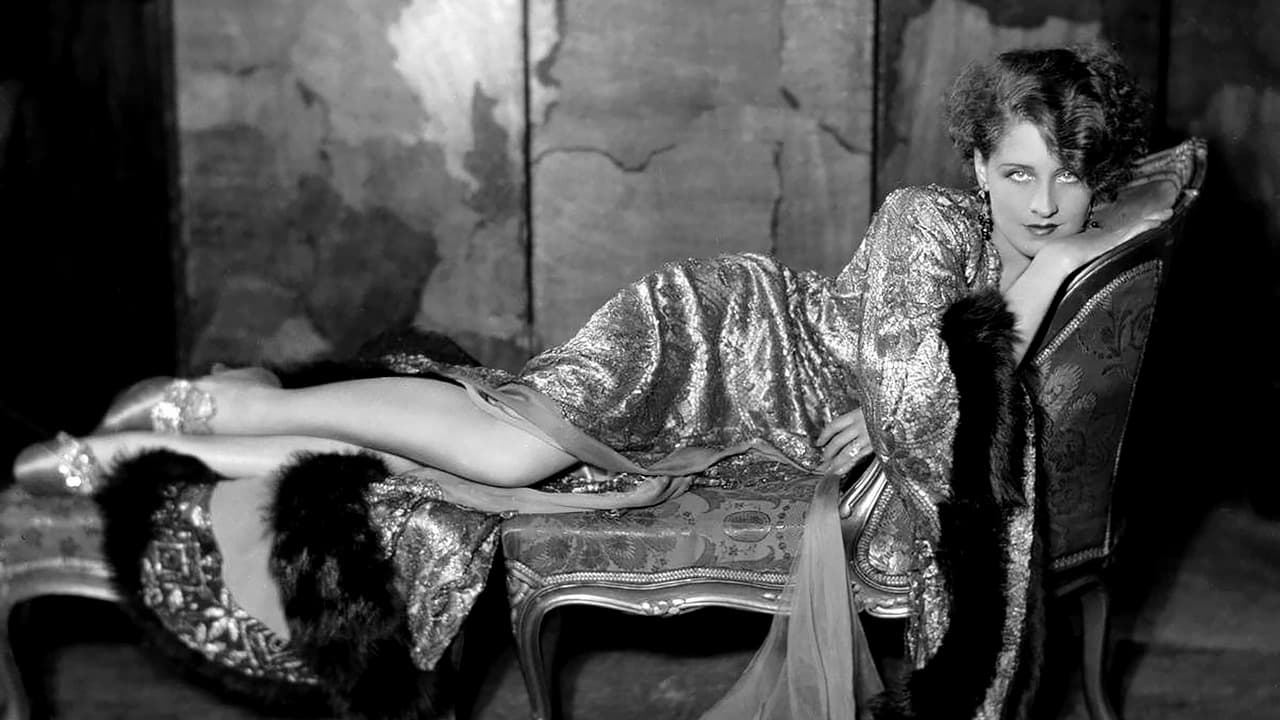

I have to say, it's fun to watch the partying and horseplay 1930 style, and it's always nice to see Norma Shearer. The film clearly exposes the double standard, with Shearer's husband in the film (Chester Morris) explaining that "it doesn't mean a thing" when he's caught having an affair, but then seeing red when Shearer "balances the account". How nice that she stands up to him after he rebuffs her efforts to reconcile, how telling (and somewhat sad) that she's then shown bouncing around from man to man, as if she must necessarily have swung from a prim and proper housewife to a woman with questionable morals, fitting into one of two defined roles for woman. What is in one sense 'liberated' is in another melodramatic, and a bit lost. I didn't like how it played out, and hated the ending. The Academy Award nominations (and win for best actress) are surprising, but from what I've seen, 1930 was not a great year for movies. Regardless, a much better Shearer vehicle is 1931's "A Free Soul" – I'd recommend watching that instead.
... View MoreI say that because the styles, mores and morals depicted in this film are so antiquated that you have to pretend that you are visiting a museum - that is, with an atavistic sense marveling at a relic of an era long gone. Boy meets girl, boy marries girl, boy is unfaithful, girl gets even - but the responses and mindsets of the principals are so out of touch with modern times that one is amused and at times astonished - Did people really act and react like this in similar situations? We can only assume the answer is yes. So be warned - beneath the stilted dialogue and acting lies reality, albeit old-fashioned. Norma Shearer was excellent, Robert Montgomery was under-utilized and Chester Morris was a trifle wooden. Maybe they should have switched him with Conrad Nagel, a much better actor. Morris comes perilously close to wrecking several scenes which evidently required an actor with more range.Speaking for myself, I recommend this one if for no other reason than to revisit motion picture history. It won an AA for Shearer and was nominated for several others, including one for Director Robt. Z. Leonard. I always thought of him as ordinary, and this effort is extraordinary.
... View MoreThe movie is dated and the sound uneven. There are lots of things to critique but there is one element that is sublime and that is the star. If Norma Shearer is not one of the reasons that film actors became known as "stars," I'll eat my proverbial hat. She glows, she shimmers, she gives off light and heat. What a beautiful presence she brings to us across the decades. A star she was and a star she remains, undimmed. I recommend this movie to all, particularly to our current generation of actresses who think that skin equals sex appeal. I just finished watching this almost 80 year old movie and went through the entire range of cable choices (more than 80 other program choices) and not one had an actress who could hold a candle to this unforgettable star.
... View MoreI found that this movie, while groundbreaking and heralded in its day, is extremely dated and corny. I'm a big fan of classic film - especially the late 30's into the 40's. But most of the talkie films of the late 20s and early 30's seem more like carryover of the style ofsilent films. The acting is so melodramatic and exaggerated. Their voice, instead of speaking and emoting naturally, is so over-the-top as to sound ridiculous - nobody talks like that.I also found the 2 lead characters rather unattractive. Norma Shearer was no great beauty to me in this - she rather looked like a transvestite that is not at all feminine. Maybe they wanted a more masculine appearance for her so as to make her more fitting competition in a man's world and man's sport (infidelity).Chester Morris was strange looking as well. His profile showed his nose to look almost smashed into his face. It made him look as though he was constantly smelling something foul on the set. And his makeup was so unnatural - his lipstick was darker than the ladies.The theme of the film was no doubt controversial in its day. I suppose it was an early stab at women's liberation - that "what's good for the is good for the gander" so far as infidelity is concerned.The film provides a nice look at a young Robert Montgomery, just in his 2nd year in films. I think he gives one of the more natural performances.
... View More